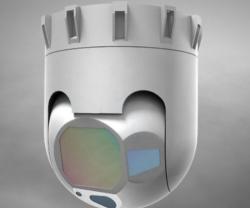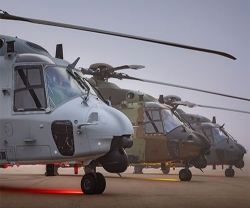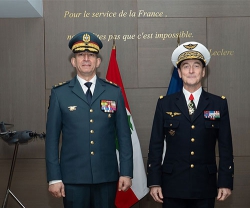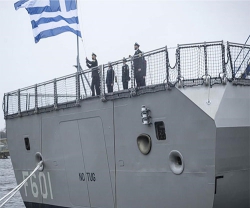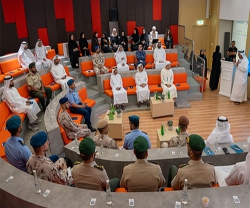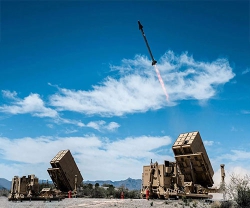Raytheon Company and the U.S. Navy showcased the operational capability of the Joint Standoff Weapon (JSOW) in challenging back-to-back flight tests.
Launched from F/A-18F Super Hornets, at approximately 25,000 feet, two JSOW II C air-to-ground weapons flew preplanned routes before destroying simulated cave targets.
“These test shots further validate JSOW's ability to deliver decisive battlefield effects against one of the most challenging land targets facing our warfighters,” said Celeste Mohr, JSOW Program Director for Raytheon Missile Systems.
“Naval aviators employed JSOW's firepower in a tactically realistic cave scenario that included heavy radio frequency countermeasures. The result was two direct hits; it's all about sharpening the edge,” Mohr added.
JSOW C is designed to provide fleet forces with robust and flexible capability against high value land targets, at launch ranges up to 70 nautical miles.
JSOW is a family of air-to-ground weapons that employ an integrated GPS-inertial navigation system, with highly capable guidance algorithms. JSOW C prosecutes fixed land targets and uses an imaging infrared seeker for increased accuracy in the terminal phase. A JSOW C-1 variant adds the two-way Strike Common Weapon Datalink enabling additional target sets with moving maritime target capability.
Photo: An AGM-154 is dropped from an F-16 fighter. (U.S. Air Force photo/MSgt. Michael Ammons)







